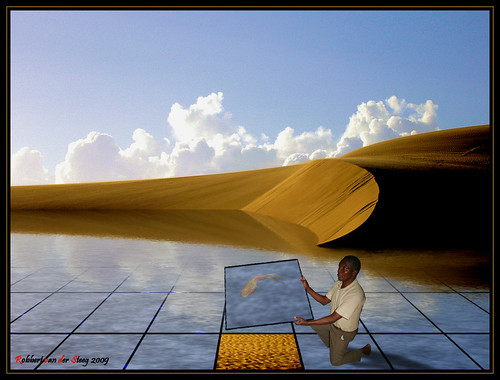
Battle against the desertification
Somalia is known as the “horn of Africa” because it sticks out of the easternmost fringes of the continent like a horn. This country was once known as a “pastoral democracy” because of the picture it presented of nomadic people moving across the arid plains with their herds and being governed by a political system based on egalitarianism within the clan. Sadly, since the 1990s, Somalia has come to symbolize the cruelties of humankind and nature, having suffered through severe drought, famine, and civil wars.
Somalia is the only country in Africa that is ethnically, culturally, and linguistically homogenous. Its citizens claim the same history, identity, and pastoral traditions. The country is bordered by Djibouti in the northwest, Ethiopia in the west, Kenya in the southwest, and the Indian Ocean in the east.
Unfortunately, while Somalia has a long coastline, it does not have any natural harbors. Historically, its trade with other nations has depended on seasonal winds blowing north during the spring months and south during the fall months, bringing ships from southeast Africa. The Webi Shebele and Juba rivers run from the southeast highlands to the banks, allowing Somalians to irrigate and farm near the coast.
Attractions
As a travel destination, Somalia is not the best – mostly because of the ongoing tensions in this region. It is recommended that travelers find out about the country’s current affairs before planning a trip.
Somalia’s main attraction is the Kismayu National Park in the southwest. This park features several common East African species, along with a few rare ones.
The Hargeisa valley region in the north is another attraction of Somalia. You’ll find various wildlife such as lions, leopards, zebras, wild boars, antelopes, warthogs, and rare African species such as the Somali sheep and Somali Wild Ass.
Somalia also has some beaches along its Indian Ocean coast, including coral reefs near Mogadishu running all the way to Kenya – some of the longest in the world.
Climate
The climate in Somalia is dry and hot. There is less than 20 inches of annual rainfall. Temperatures range from 20° C (68° F) to 35° C (94° F). Summer temperatures can reach as high as 38° C (100° F).
History
Historians believe Somali people originated from Ethiopia. Over the years, Arabs from across the Red Sea have migrated to Somalia and intermarried with the Somali people. Arabic elements of language and culture can be seen in Somali life. For much of history, Somalia’s coastal towns have enjoyed trade relations with other East African coastal countries.
Somalia’s modern history began in the 1880s when the British, French, Italians, and Ethiopians occupied the country. The British established a colony around Berbera and Hargeisa. The Italians took over the southern region, while the French colonized the seaports near Djibouti. The Ethiopians claimed the interior.
Somali nationalism awakened in the 1920s under the Islamic leadership of Mohammad Abdullah Hassan who was defeated by the British in his drive for independence. However, by 1960, the British and Italians gave in and consolidated the territories to allow the Somali Republic to be formed. Other Somali areas were incorporated by Kenya and Ethiopia, and Somalia has never given up claimed to those territories, supporting rebel movements seeking to unite those lands under the Somali flag.
In 1969, Mohammed Siad Barre exercised a military coup and instituted a socialist state with aid from the Soviet Union. Siad Barre started a war in 1976 with Ethiopia over the territory of Ogaden. When the Soviets backed Ethiopia, Barre turned to the U.S. for aid.
Somalia was ultimately defeated in the Ogaden war, resulting in increased local opposition to Barre. In the 1980s, the influence of the central government declined.
In 1991, Siad Barre was overthrown by two clans from different factions uniting. Since then, there hasn’t been an effective central government. The country has been plagued by various regions declaring independence and ongoing civil war that persists even today. More than one million Somalis have died from starvation, mainly because of a lack of a central government to mediate the conflict and distribute international food aid. Starving Somalis have fled to neighboring countries. The country’s cause was not aided in 2006 by torrential rains that flooded the eastern horn of the country, nor by the war that erupted with Ethiopian at year-end. Armed conflict and insurgencies continue to plague Somalia today, especially in the Mogadishu area.


Comments